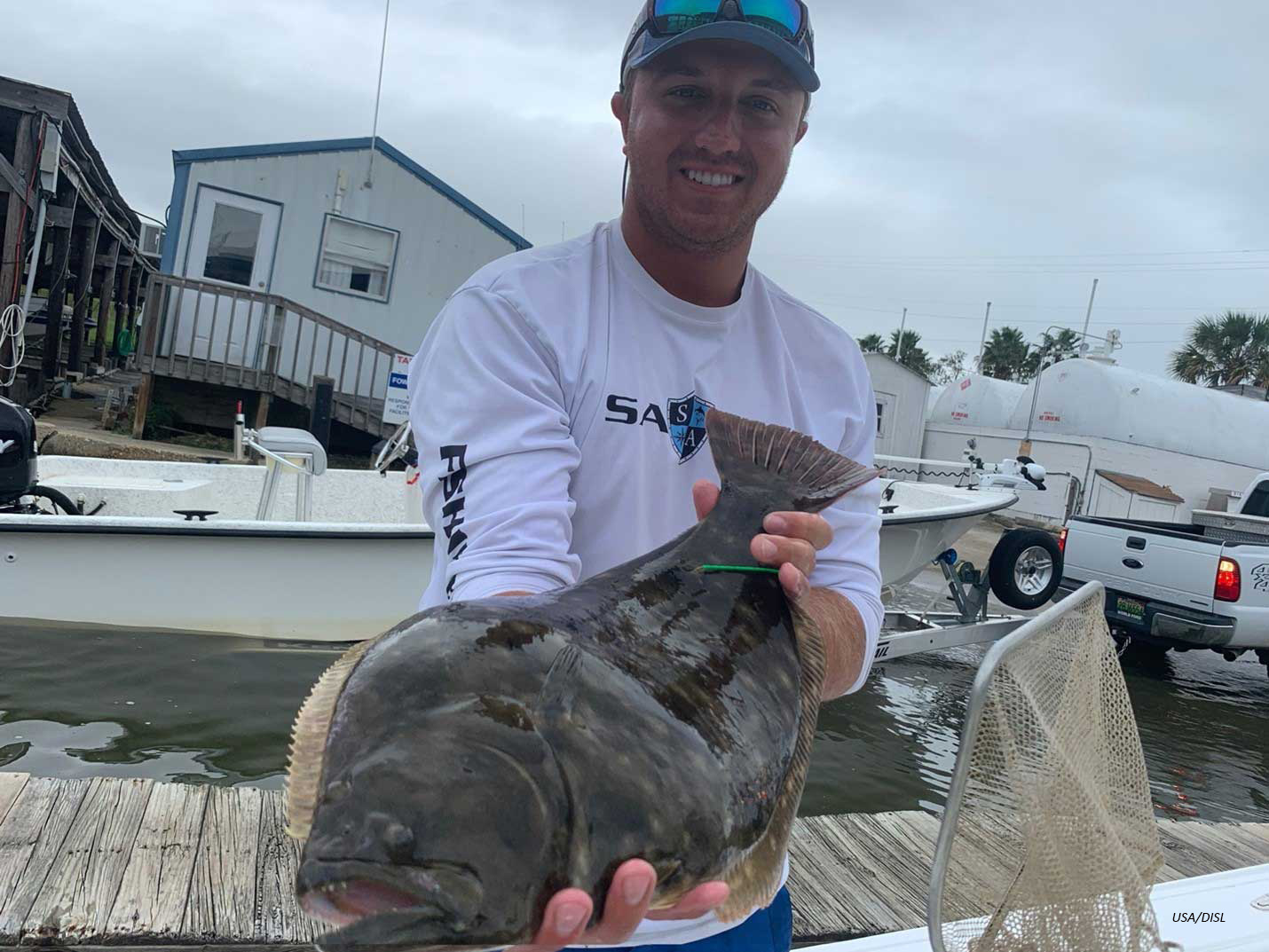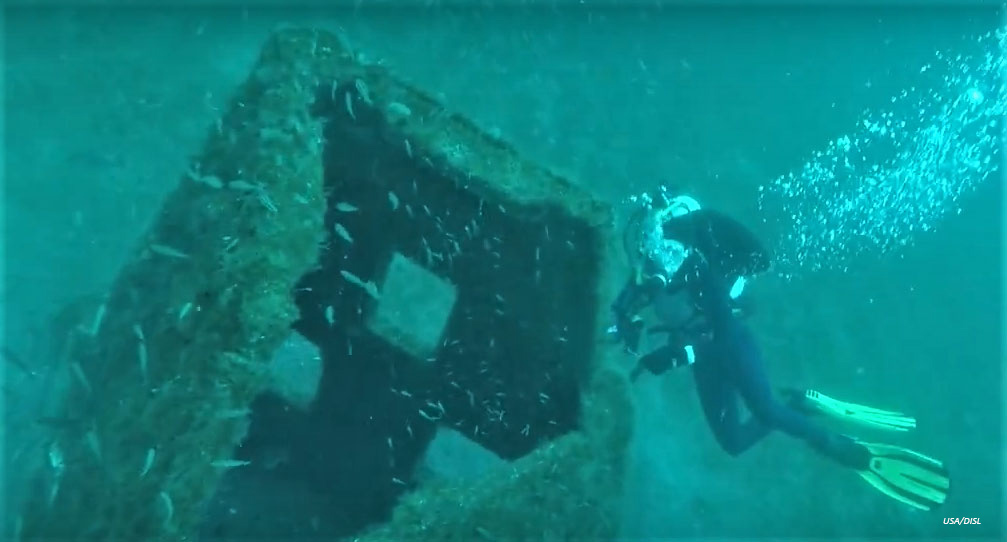(September 07, 2021) --

Monitoring flounder, estimating red snapper and other reef fish populations, and studying artificial reefs are some of the projects in the Dauphin Island Sea Lab’s/University of South Alabama's Fisheries Ecology Lab. These projects are all possible through the Alabama Department of Conservation and Natural Resources thanks to the support by recreational and commercial fishermen.
“One thing people may not know is that the Alabama Department of Conservation and Natural Resources (ADCNR) is not funded by taxpayer dollars or General Fund revenues,” said Chris Blankenship, Commissioner with ADCNR. “Our work is fully supported by recreational and commercial license sales and matching federal funds that come from the excise tax of fishing gear, marine fuel, and boating supplies.”
Approximately 145,000 saltwater fishing licenses are purchased and go in the same pot with federal funds. The federal funds are based on the Sport Fish Restoration Act passed in 1950 and amended in 1984. These funds place a 10 percent excise tax on fishing rods, reels, lures, fishing line, and related fishing equipment. Over the years, these funds have helped to build or improve boating access sites, purchase land, and fund research.
Dr. Sean Powers serves as Director of the School of Marine and Environmental Sciences at the University of South Alabama and is a senior marine scientist at the Dauphin Island Sea Lab.
“When I teach my management class, students are often convinced when they come in that the best thing they can do for fisheries is to stop fishing,” Powers explained. “That would be very counterproductive since research, habitat enhancement, enforcement, and general conservation flows from the funding that is generated by fishing and hunting.”

Powers leads the Fisheries Ecology Research Lab with his research focused on the ecology of marine fish and invertebrates. ADCNR funds a number of those projects along with projects led by Auburn University.
“We have a good staff of our own biologists but having the DISL and other research assets in coastal Alabama allows us to fund work to look at specific questions that need to be answered to ensure we are making the best management decisions for certain species as well as using our funds wisely to enhance fish stocks,” Blankenship said.
Many of the techniques and gear that have advanced the science of fisheries sciences have been developed right here in Alabama and by the research partnership between ADCNR and DISL.
One example is the current acoustic monitoring of flounder. Blankenship’s team was getting reports that the flounder stocks were declining in Alabama. To investigate the reports and determine the extent of the decrease, the Fisheries Ecology Lab redesigned their 2019 Coastal Alabama Acoustic Monitoring Program to study the Southern Flounder. Sixty-eight acoustic monitoring receivers were placed throughout Mobile Bay and its tidal rivers. Southern Flounder were caught, tagged with acoustic monitors, and tracked throughout the fall, winter, and spring months.
The data from that research supported the reduction in bag limits, increasing the minimum size, and putting a one-month moratorium on the flounder harvest in November each year during the flounder spawning run.
“These measures are already producing an improved fishery and we are very thankful for the research that was done, and that continues, on this very important species,” Blankenship added.
Alabama’s artificial reef system is the largest in the United States, and recently ADCNR funded research to determine which structures lasted the longest and produced the most fish long term. Once again, they partnered with the Fisheries Ecology Lab, and the data returned is helping to design a long-term reef deployment plan to ensure that Alabama stays the top artificial reef program for decades to come.
“We are very blessed to have such wonderful fisheries scientists here in Coastal Alabama,” Blankenship expressed. “The asset that is the Dauphin Island Sea Lab continues to pay such dividends for the fish and fishermen of Alabama and the Gulf Coast.”
You can lend a hand in continuing these research efforts for years to come by renewing or purchasing your saltwater fishing license each year, and your fishing needs. For details on how to purchase a license, click here for more.
Related Article:
New artificial reef zones in Gulf waters off Alabama being constructed